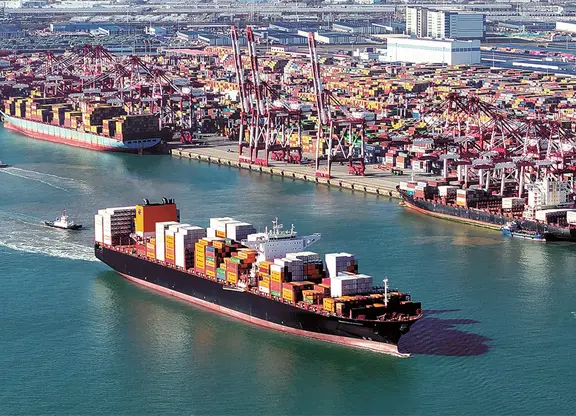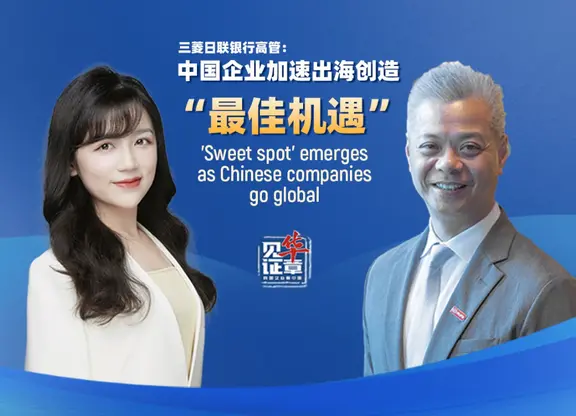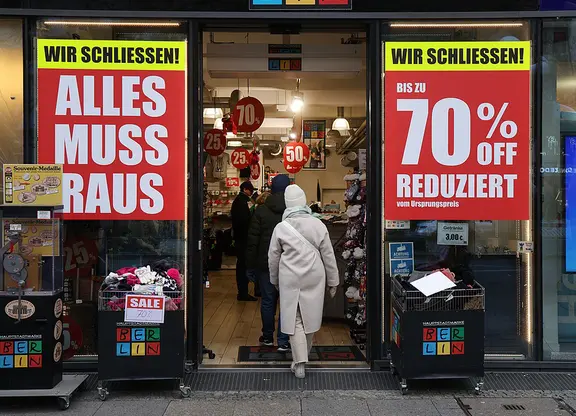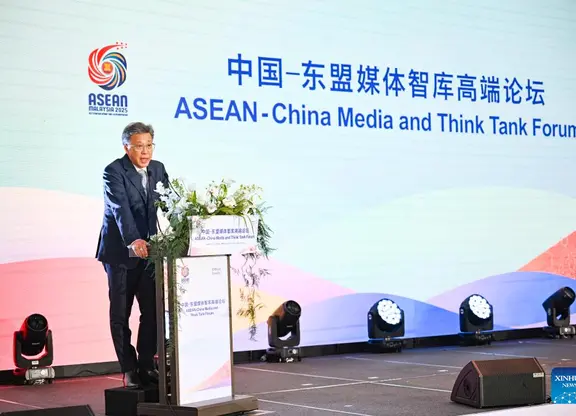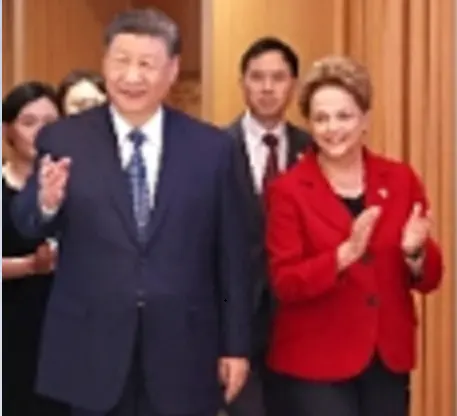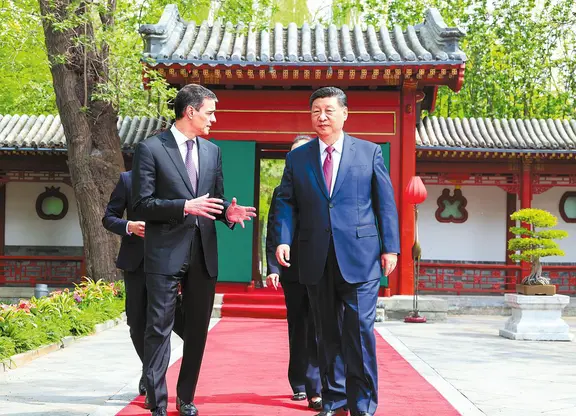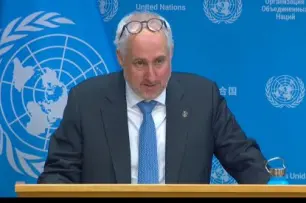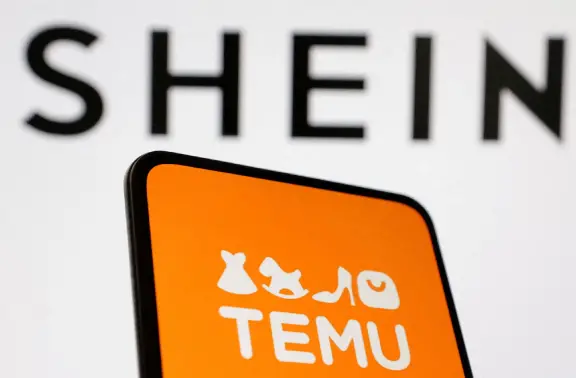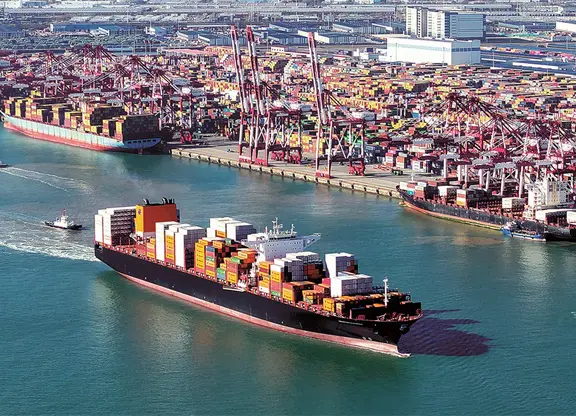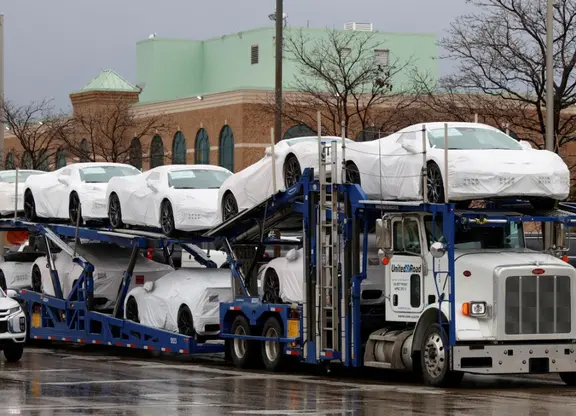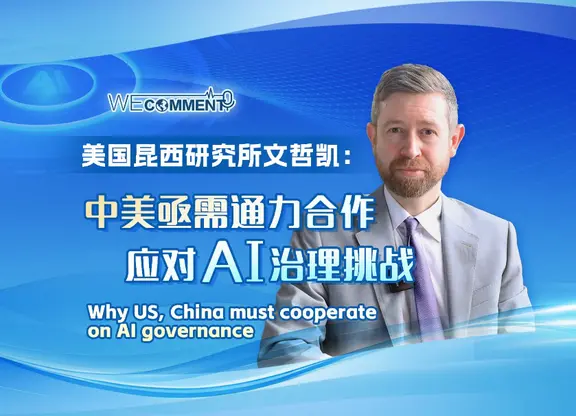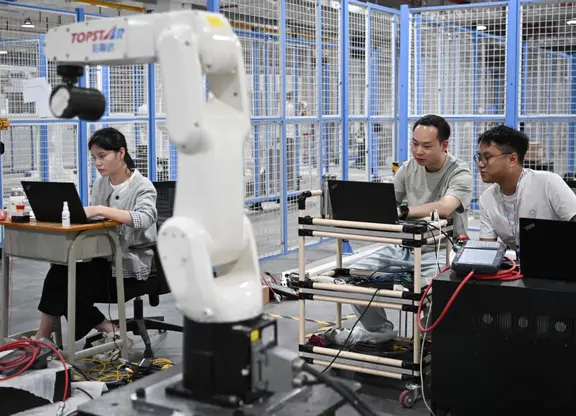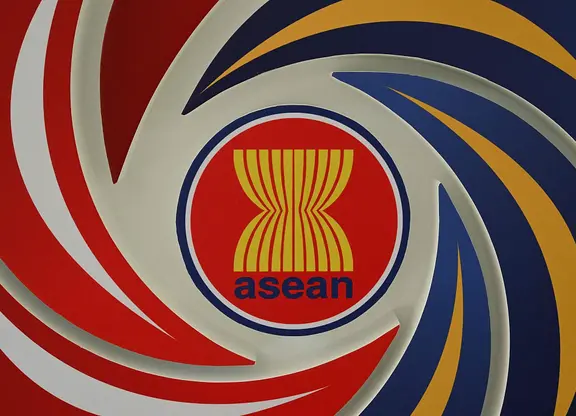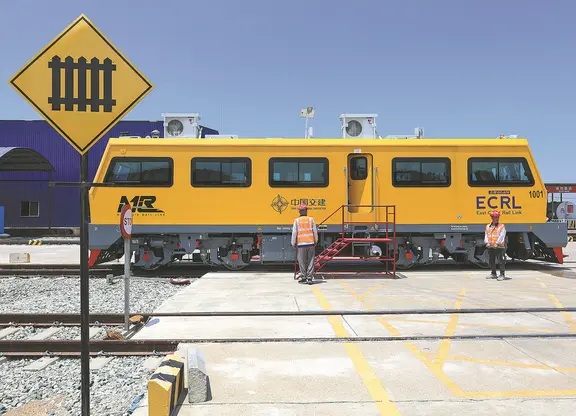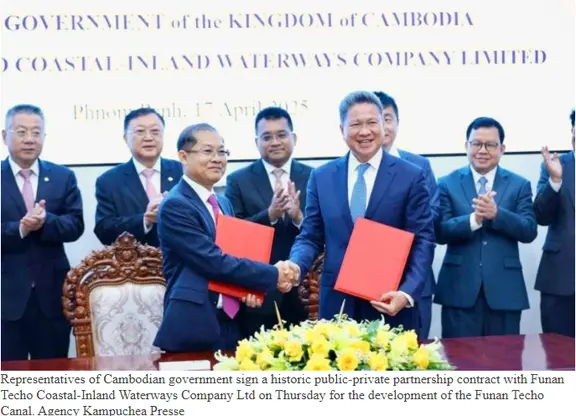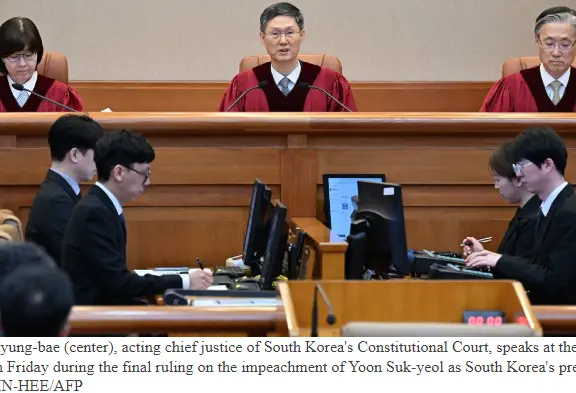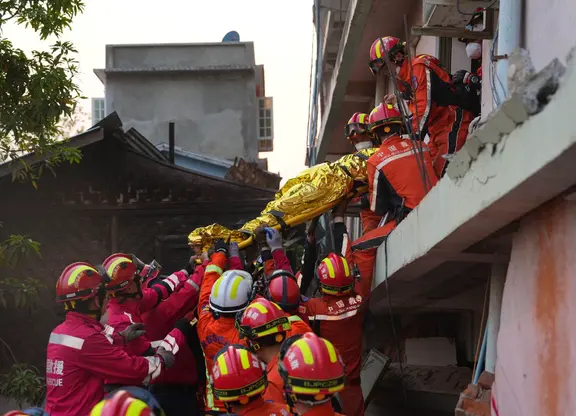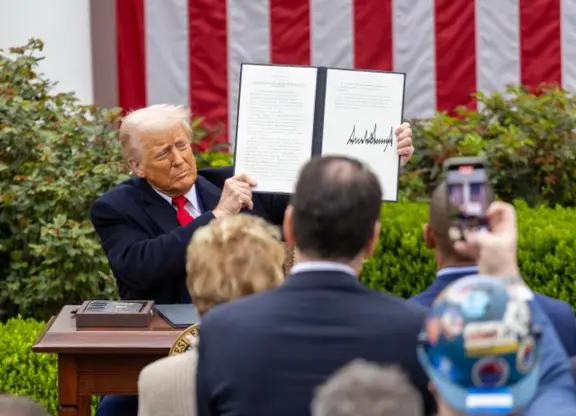The Chinese authorities unveiled a slew of measures to stabilize and expand auto sales amid efforts to ensure the stable and normal operation of the economy, an official circular said Wednesday.
The new energy vehicle purchase subsidy policy will continue until the end of 2022, and the pace of subsidy retreat from 2020 to 2022 will be slowed down so as to fasten the liquidation of subsidy funds, according to the circular.
The circular stressed good use of auto consumption finance while encouraging financial institutions to increase the support for auto buyers with measures such as reducing the down payment ratio and loan interest rates, and extending the repayment period.
Steps will also be taken to smooth the circulation and trading of used cars, so as to drive the consumption of new automobiles, the circular noted.
Other measures included adjusting the cut-off time for the selling of vehicles with "China V" vehicle emission standards from July 1 2020 to January 1 2021. Compared with the "China V" standards, "China VI" vehicle emission standards aim at reducing the maximum pollutants vehicles emit such as dust, to a 10th of current levels.
The circular was jointly issued by 11 departments including the National Development and Reform Commission (NDRC) and China Banking Regulatory Commission.
Data provided by the China Passenger Car Association showed China's auto sales in the January-February period plunged by 42 percent to 2.24 million units, as efforts to curb the coronavirus epidemic in the country dented economic activity.
But things are getting back on track. In March, the sales volume of passenger cars was 1.08 million units. Although it represents a year-on-year decrease of 40 percent, it signifies a month-on-month surge of 320.5 percent.
Considering various countries' population sizes, regional structure and resource environment, China enjoys plenty of growth room for car ownership as residents' income and consumption go up and urbanization moves forward in the future, said Cai Ronghua, deputy director of the Industry Coordination Department of the NDRCearlier this month.He added that the country's third-tier cities and below have greater potential for automobile consumption, which will become a new growth driver in the future.
(CGTN)
 简体中文
简体中文


